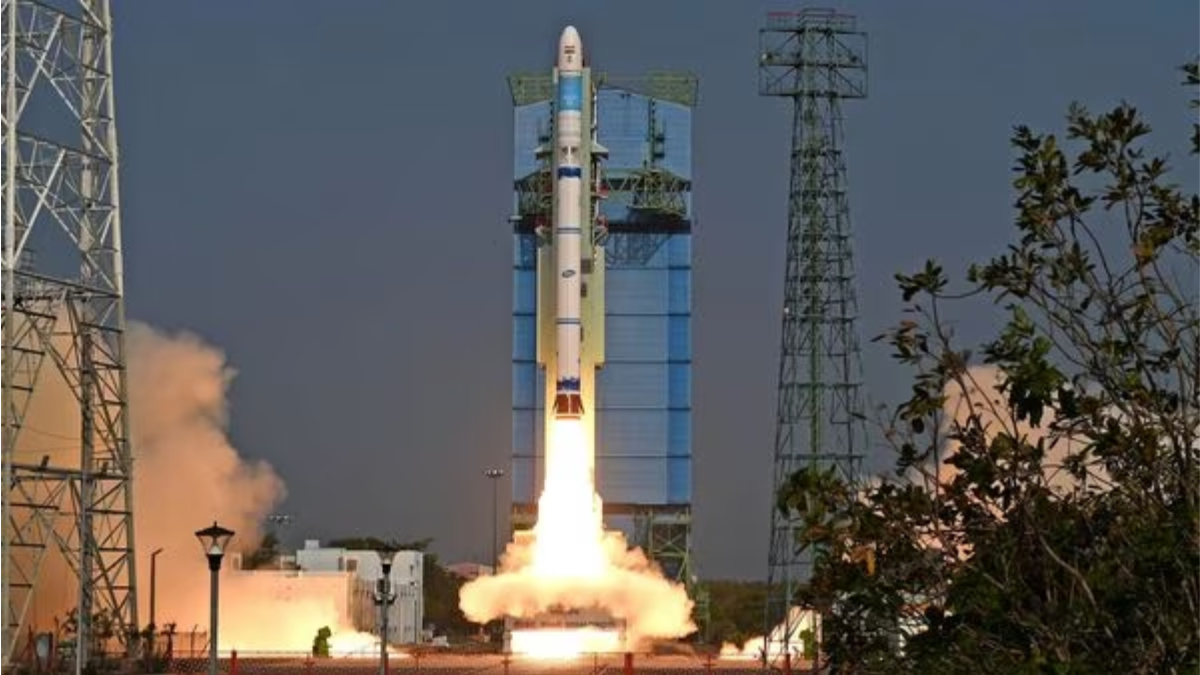Only two demonstrator launches in the last two years have marked the progress of India’s ambitious Small Satellite Launch Vehicle (SSLV), which was unveiled in 2016 as a challenger to the US’s hegemony in space launch services. Although the SSLV has the potential to enable more economical and timely satellite launches, its development has been slow for several reasons.
SSLV and its significance:
When compared to other rockets in the Indian Space Research Organization’s (ISRO) arsenal, the SSLV is small in both size and payload capacity. Private commercial companies hoping to launch their smaller satellites are facing delays due to long waitlists for primary payload orders for larger rockets like the Polar Satellite Launch Vehicle (PSLV) and Geosynchronous Satellite Launch Vehicle Mark-III (LVM-3). The SSLV seeks to address this by offering launch cycles that are more rapid and reasonably priced.
Challenges faced by the SSLV:
A variety of results have characterised the SSLV’s journey. A partial failure occurred during the first demo launch; the second demo launch was successful. A slower-than-expected pace is shown by the fact that the timetable for the upcoming 12 months only shows three releases. Delays are mostly caused by engineering requirements, especially the space industry’s need for reliability. Furthermore, the demand for space has decreased globally, which affects commercial operators.
International Rivals and Market Structure:
The main competitor of the SSLV is Elon Musk’s SpaceX, which has a strong small satellite ride-sharing programme. Other international rivals include the US company Rocket Labs, well-known for its “Electron” tiny rocket, and the forthcoming rockets of the French company Arianespace. Start-ups in India hoping to compete in this market include Agnikul Cosmos and Skyroot Aerospace.
Effect on the Space Industry in India:
The success of the SSLV depends on demand, which continues to be low worldwide, especially in the US. Reassessing their launch plans, companies preparing commercial small-satellite constellations are recalculating the need for satellite launch services. According to experts, demand for SSLVs could originate primarily from India. However, it might take up to four more years to set up a regularised commercial launch schedule for the SSLV.
Inconsistency with Private Start-Ups:
Indian private space companies like Agnikul Cosmos and Skyroot Aerospace face difficulties as they are mainly untested due to the lack of orbital launches with satellite payloads. Space launches are capital-intensive, which presents a challenge for startups that must demonstrate their dependability without going over budget. On the other hand, the SSLV, run by ISRO’s business division, NewSpace India Ltd., has the support of a well-known brand in the international space sector. Commercial clients might like the SSLV because of its institutional backing.


